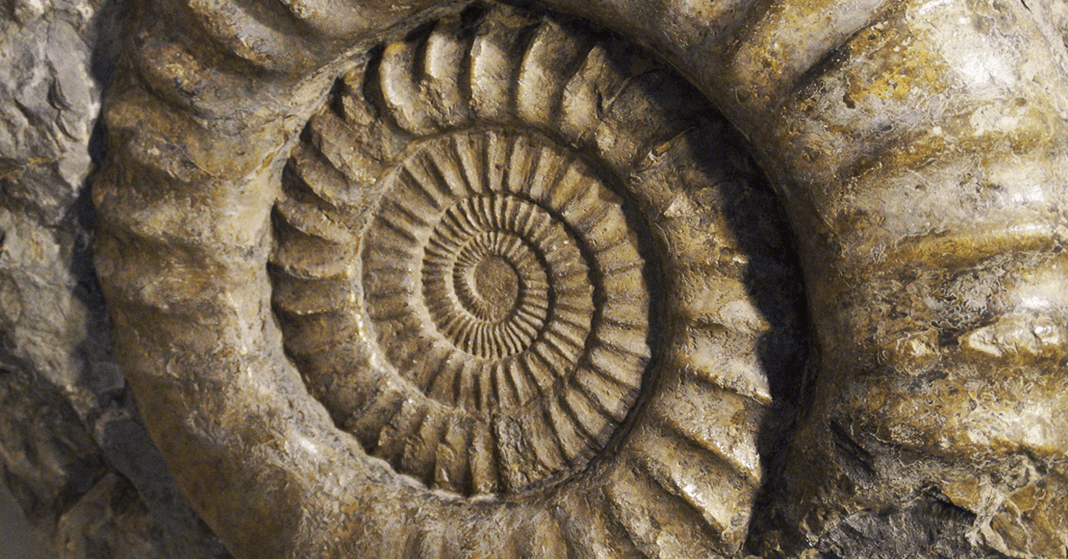
As a child, I enjoyed visiting the Smithsonian in Washington, DC, with my family. With its historic airplanes and artifacts from the space race, the Air and Space Museum was my favorite. One of my most vivid memories from our trip was what my dad said as we walked toward the Museum of Natural History. “Much of what we’ll see in this museum rejects the Bible,” he warned. “We need to remember that what God said in Genesis is true and what we’ll see today is merely what man thinks.”
I remember thinking that some of the displays promoting evolution were silly as I tried to reconcile the assertions of the evolutionary view with the incredible technological advances of our age. How could so many people with so much education and so much money be wrong about this? How could the generation of scientists that produced the marvels I saw in that museum be mistaken about the origins of mankind? The answer lies in what went wrong.
In Genesis 3, we learn that humans sinned and sin broke everything. Now creation groans, conflict spreads, and death reigns. But of all sin’s consequences, it is the condition of our hearts that is most frightful. In a previous post, we looked at how creation shapes education. In this post, let’s examine how the human heart was twisted in every way in the Fall and how, as a result, we twist every part of God’s creation including science, history, and the rest of education.
The Connection of Loving and Thinking
Romans 3:10 teaches us the pervasiveness of sin’s effects on mankind. “There is none righteous, no, not one.” Then in the next verse, Paul quotes a psalm placing what we love and what we think right next to each other: “There is none that understandeth, there is none that seeketh after God” (Romans 3:11). But what is the link between seeking God and understanding?
Proverbs 1:7 makes the connection between right affections for God and right thinking when it says: “The fear of the Lord is the beginning of knowledge.” The most important part of gaining right knowledge is a right relationship with the Lord. And the Lord puts His finger on this relationship because if we cannot love the one being in the universe who is most worthy of our love, then we cannot come to correct conclusions about His universe.
That’s the reason brilliant scientists don’t want to acknowledge that God created them. Their distaste for Him leads them to devise alternative explanations for our origins. This is also why historians believe that man created civilizations that invented gods rather than that God created humanity to develop civilization.
Intelligent, educated people come to wrong conclusions not because their minds are incapable of thinking correctly but because—due to the Fall—their hearts are incapable of loving God as they should.
Educating Hearts and Minds
When mankind sinned, the human heart fell. That fallen heart leads the mind to think incorrectly. Given the nature of learning, broken hearts and minds affect every aspect of our children’s education.
When anyone teaches children, he isn’t relaying only facts and skills to the next generation. He’s passing on personal values (what he loves). Neil Postman, in his 1996 book The End of Education: Redefining the Value of School, observed that education is worship: “For school to make sense, the young, their parents, and their teachers must have a god to serve, or even better, several gods.” He argues that US public schools are dedicated to serving, among others, the god of consumerism. Worshipers of consumerism learn so that they can get jobs and buy the best cars, houses, and vacations.
If Postman, who was a secular humanist, saw the religious nature of education, we as Christian parents need to think through the worship implications of the educational choices we make for our children—especially if we’ve dedicated our homes as Joshua did when he said: “As for me and my house, we will serve the Lord” (Joshua 24:15).
The Smithsonian not only presents secular society’s view of the past, it demonstrates secularists’ pride in America’s great accomplishments. That’s why the artifacts in the Air and Space Museum represent man’s hope in continual technological advances. You won’t find a Smithsonian museum dedicated to the hope of the gospel. Our hope of redemption is what we want to share with our children through our homeschooling. In the next post, we’ll look at how that hope transforms education.
Leave a Reply